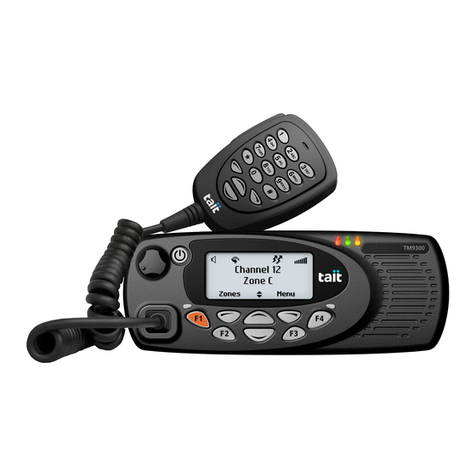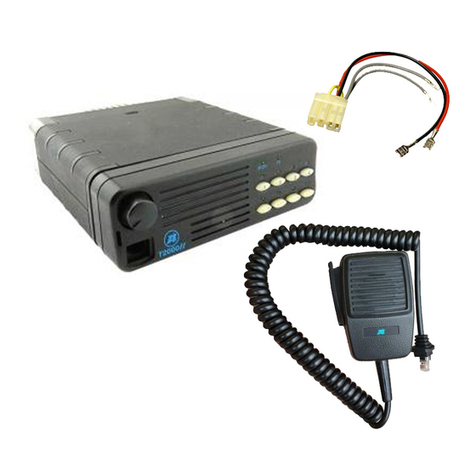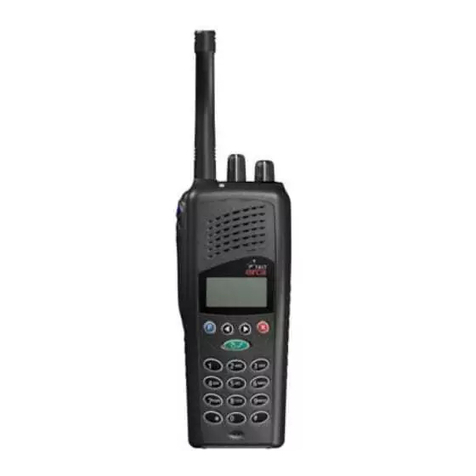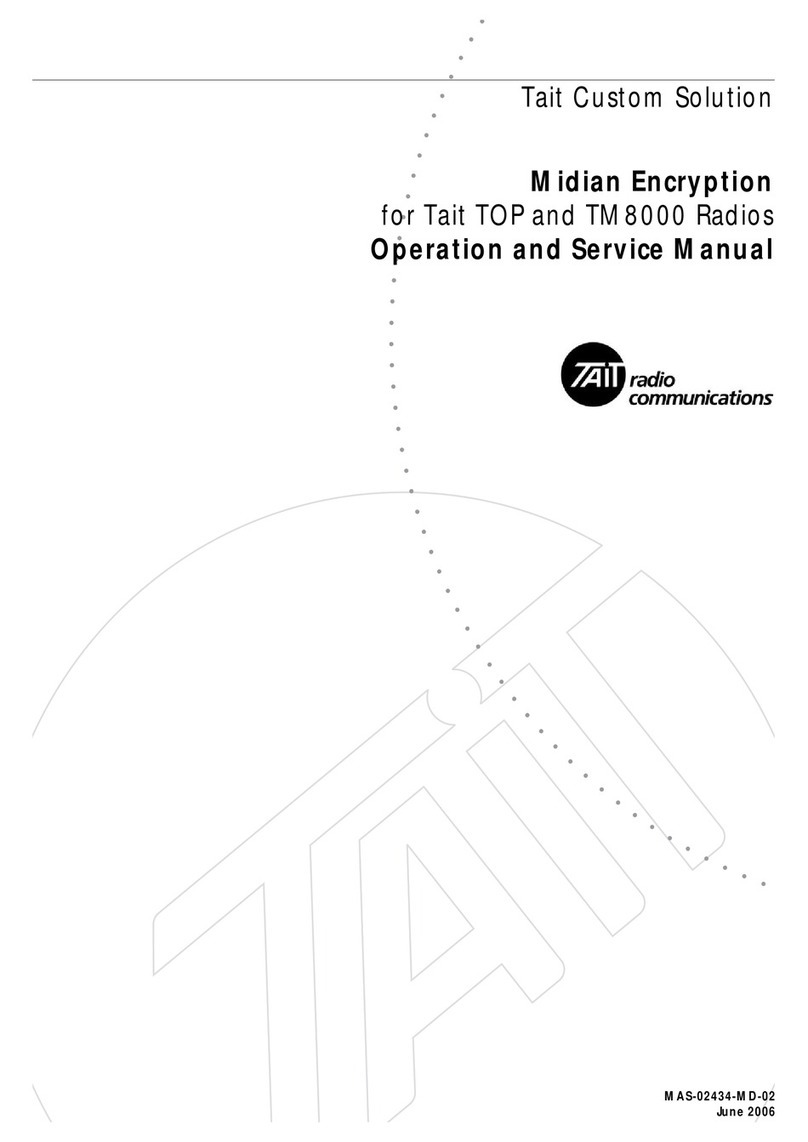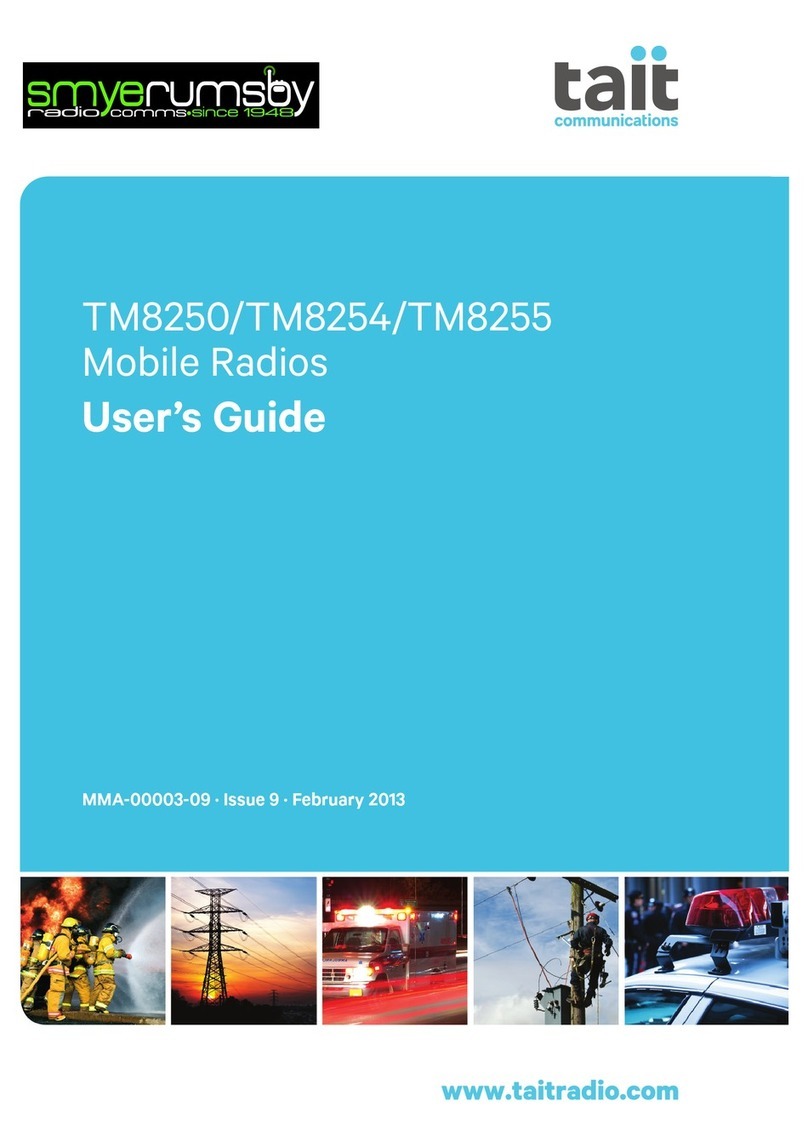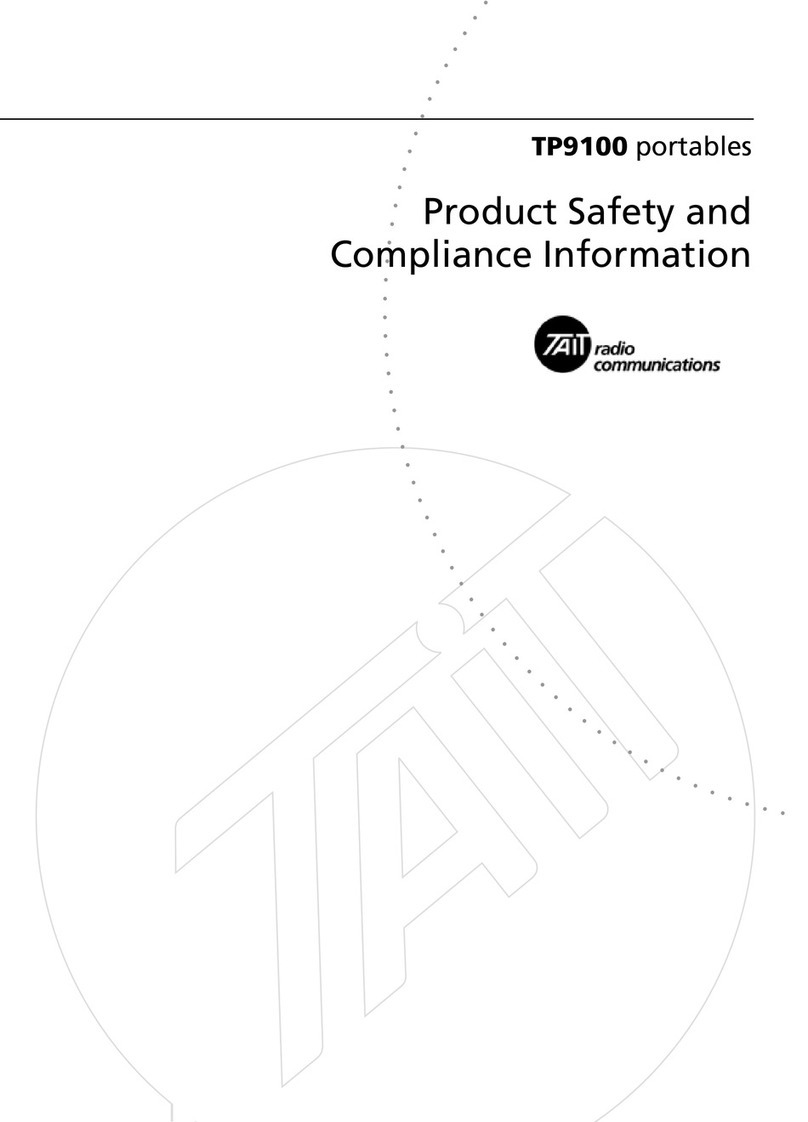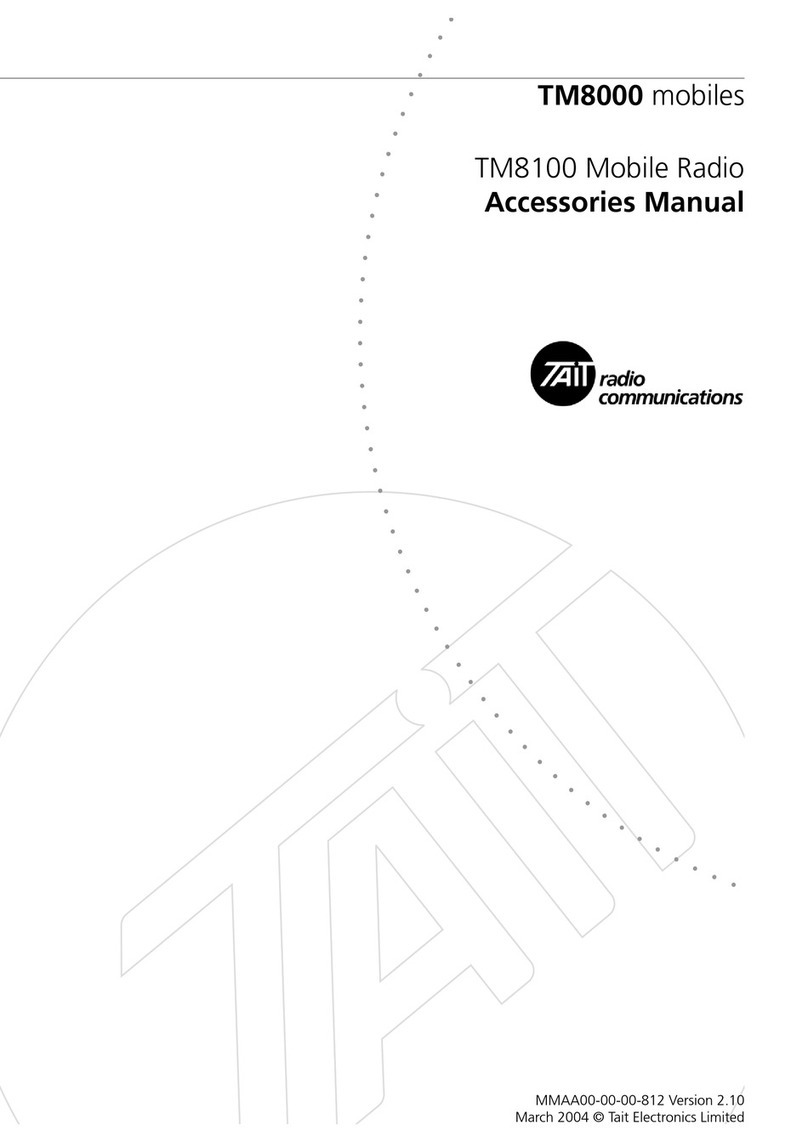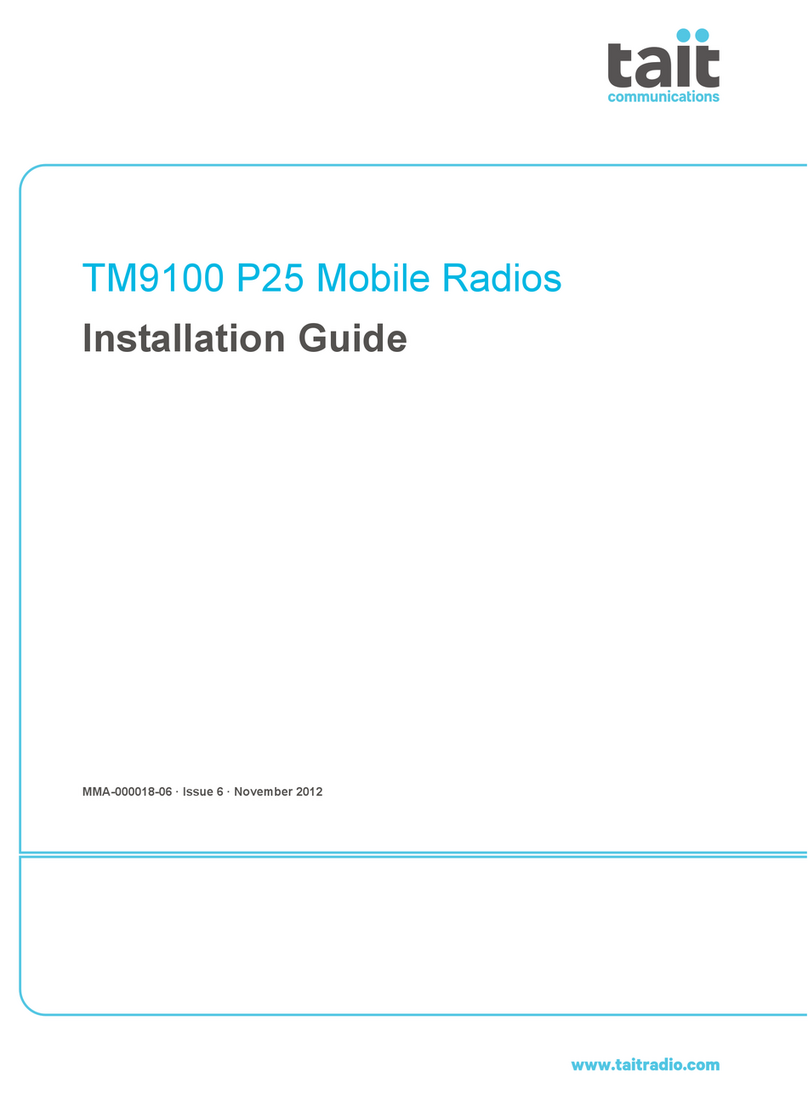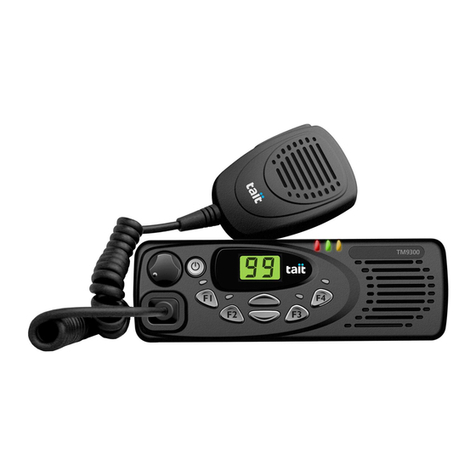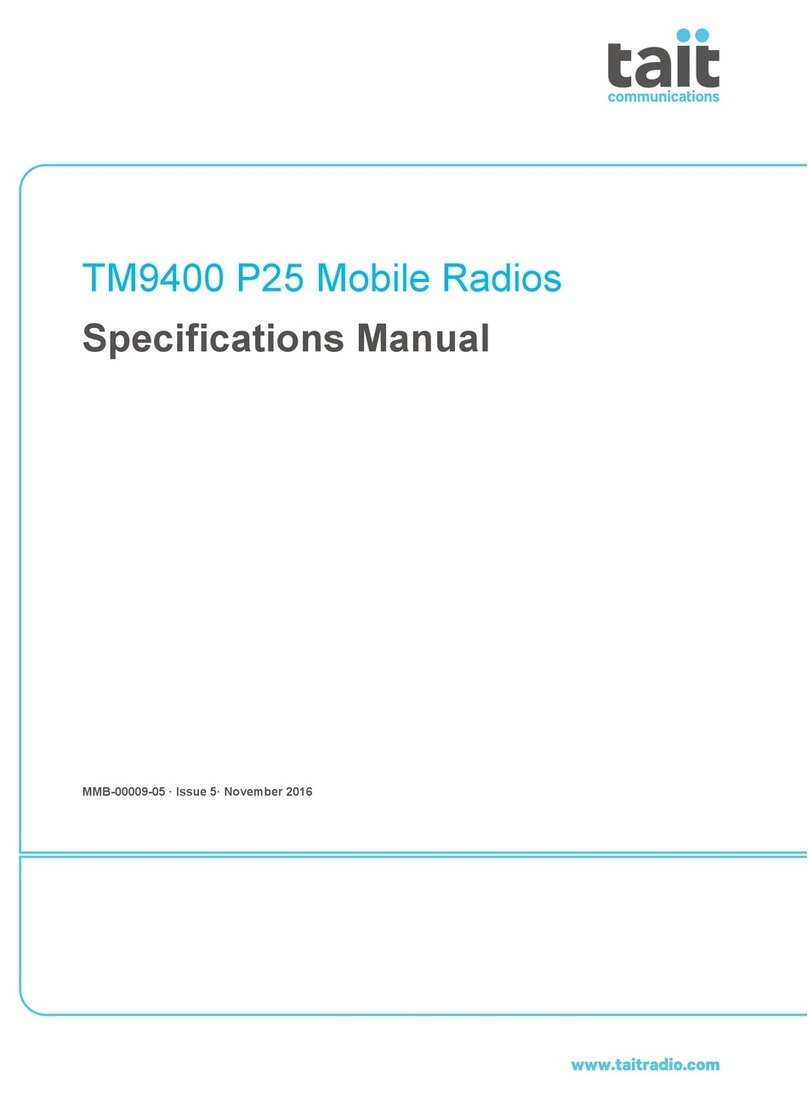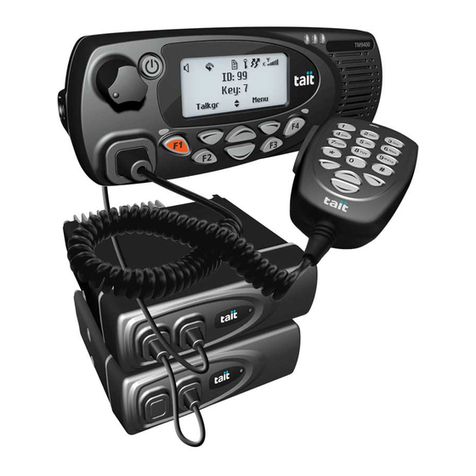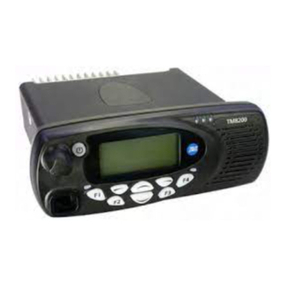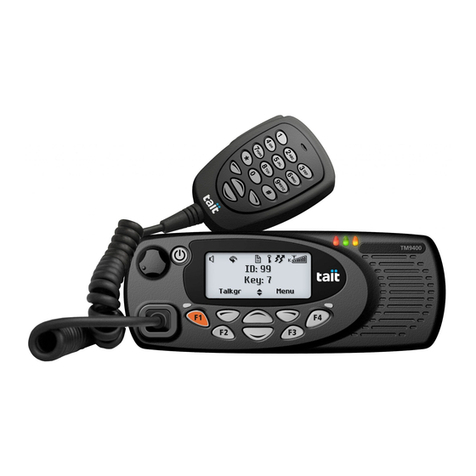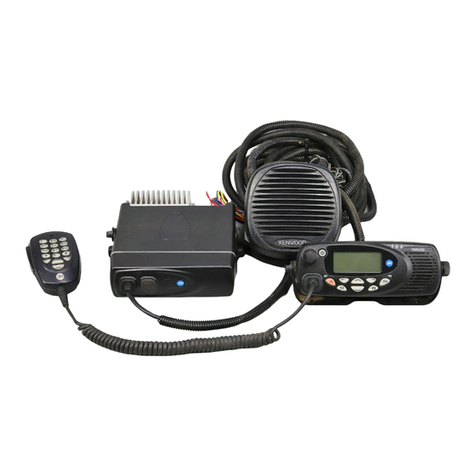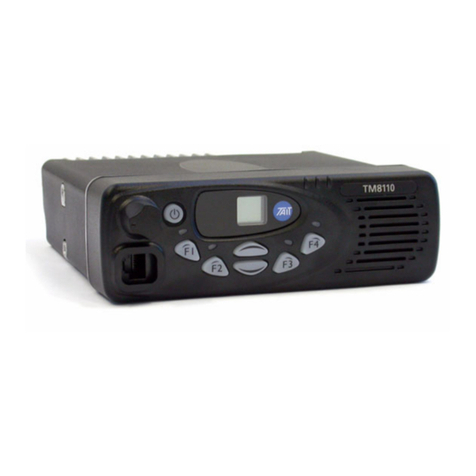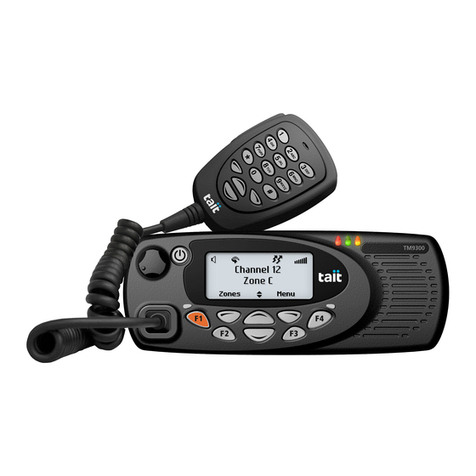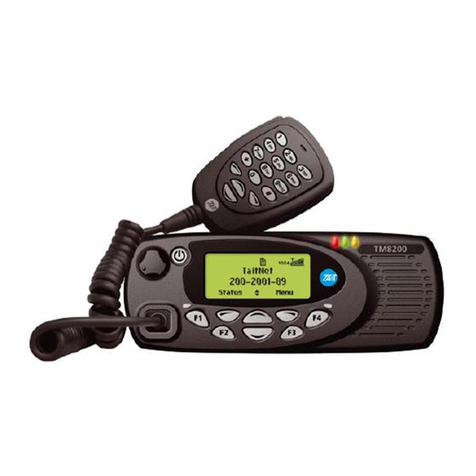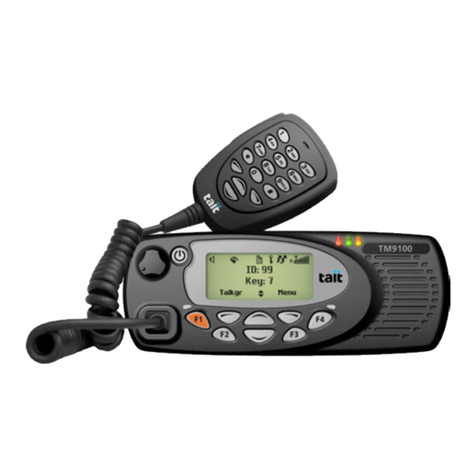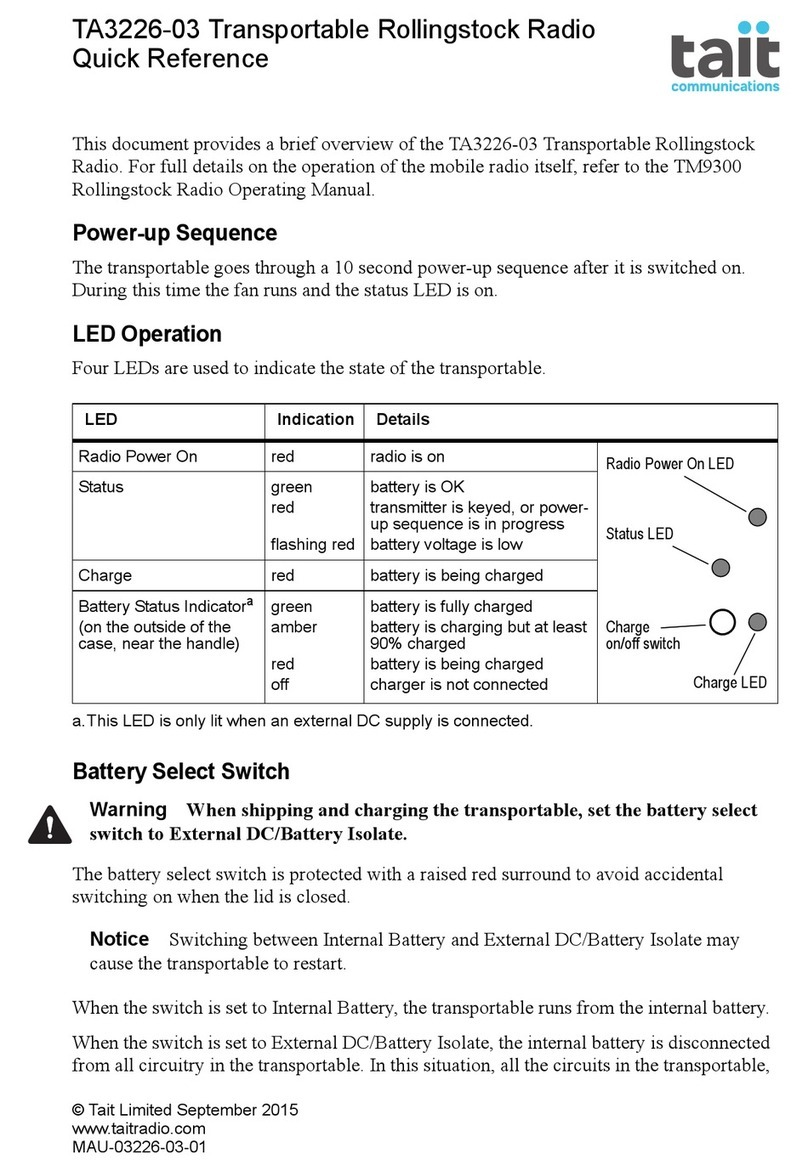
5
User Guide ................................................................................. 7
Safety Warnings .................................................................. 8
Compliance Information ...................................................... 9
Getting Started .................................................................... 11
Making a Call ....................................................................... 12
Receiving a Call ................................................................... 13
Scanning .............................................................................. 14
Selcall (Selective Calling) .................................................... 15
Additional Information ......................................................... 16
Removing the Radio from the Vehicle ................................ 17
Installation ............................................................................ 18
Bedienungsanleitung .............................................................. 29
Sicherheitsvorkehrungen .................................................... 30
Informationen zur Übereinstimmung .................................. 31
Inbetriebnahme ................................................................... 33
Rufaussendung ................................................................... 34
Rufempfang ......................................................................... 35
Suchlauf ............................................................................... 36
Selektivruf ............................................................................ 37
Zusätzliche Informationen ................................................... 38
Geräteentnahme aus dem Fahrzeug ................................. 39
Montageanleitung ................................................................ 40
Guide de l’utilisateur ................................................................ 51
Précautions de sécurité ...................................................... 52
Informations sur la conformité ............................................ 53
Mise en route ....................................................................... 55
Lancement d’un appel ........................................................ 56
Réception d’un appel .......................................................... 57
Balayage .............................................................................. 58
Appels sélectifs .................................................................... 59
Informations complémentaires ........................................... 60
Retirer la radio du véhicule ................................................. 61
Installation de votre radio .................................................... 62
